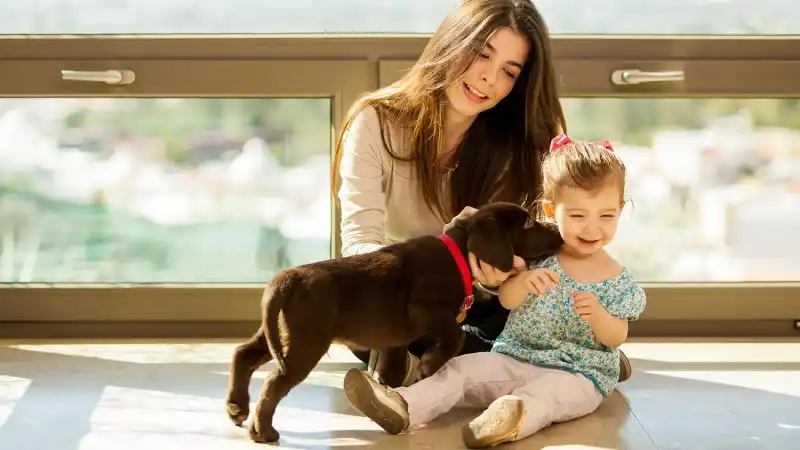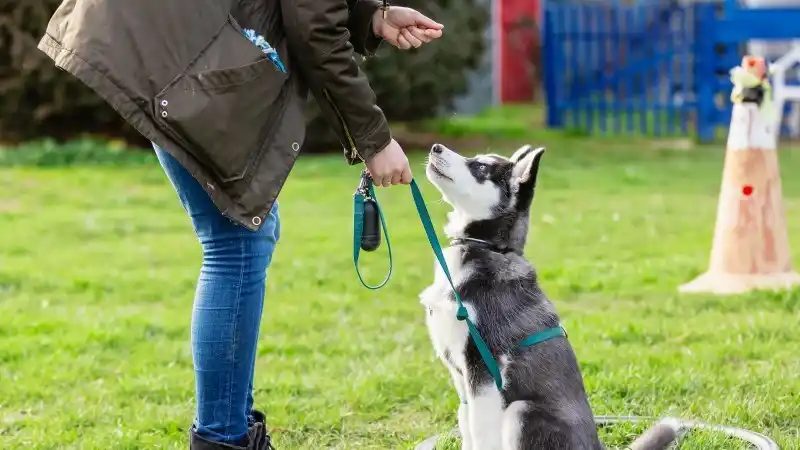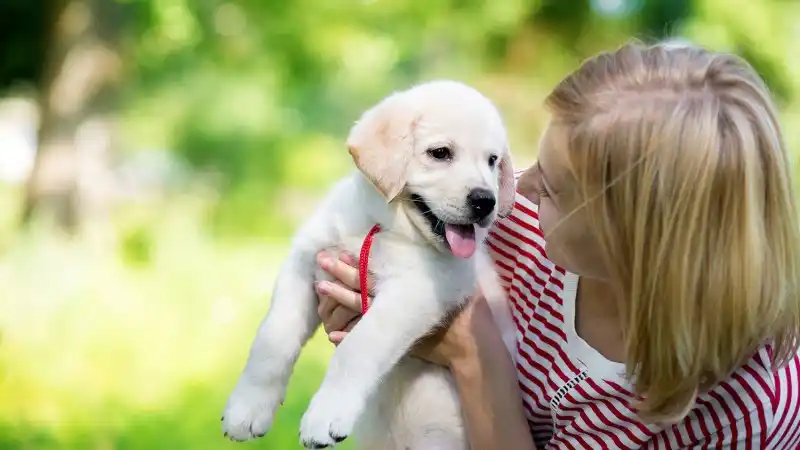Loose Leash Training
Is your dog leash pulling during walks? Learn tips, tricks, games, & treats to use for loose leash training to make dog walking fun and stress-free.
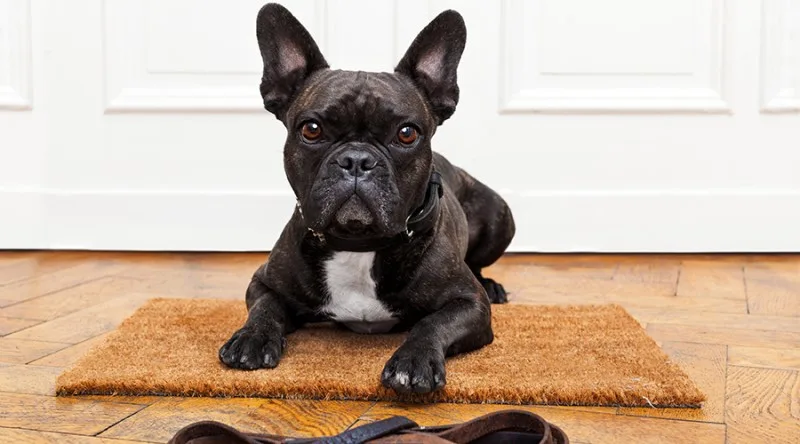
One of the top reasons for getting a dog in the first place is to have a walking companion. But in addition to exercise, walks with your dog can provide the dog socialization and mental stimulation (smells and sights galore!) that your dog needs in order to be a well-rounded and overall healthy pup, inside and out.
With spring around the corner, wouldn’t it be nice to have a walking buddy ready for any outdoor adventure? Well, it is absolutely possible to train your dog to walk politely on a leash when you use the following techniques:
Stop Whenever Your Dog Pulls and the Leash Gets Tight
This is often referred to as “be-a-tree” -- because you are unmovable (like a tree) when you utilize this technique for training your dog to walk properly on a leash. By using this technique, your dog will begin to learn that there is no forward motion when they pull on the leash.
Variations of “be-a-tree” include changing directions after you stop. This entails saying your dog’s name, causing them to stop, and then walking in the exact opposite direction. You may need to “be-a-tree” 20 times to travel even a single block, but your pup will eventually understand that you do not comply with their wishes when they do not comply with yours.
While it may get boring for us impatient humans, it does work, and you can also mix this technique with the two methods discussed below.
Treat Your Dog When They Are Not Pulling on the Leash
When your dog is walking next to you or near you with slack in the leash, this is the “cookie spot” -- in other words, this is where treats are likeliest to be given, and dogs are pretty quick to recognize this. Over time, increase the duration that your dog has to walk in the “cookie spot” before you give them a treat. Once you’ve done this long enough, praise will be all your dog needs or looks for, rather than a treat.
Interact with Your Dog Throughout Each Walk
Interacting with your dog during walk time will help to hold their attention and may stop the habit of leash pulling before it starts. Every 10 to 100 feet or so, ask your dog to do a skill and then reward them with a treat or praise (or both), followed by continuation of the walk.
You can also use commands such as sit, down, shake, or nose touch during a walk to keep your canine companion engaged. This can be a great and useful way to pass the time while you wait for a light to change, for example. For a nose touch, the dog races back to you and touches their nose to the palm of your hand – now the dog is closer to you and there is more slack on the leash, so it's a total win-win!
Be Consistent with Canine Obedience During Walk Time
Work with your dog on loose leash training during every walk and ensure anyone who walks your dog is also aware that they should not allow your pup to pull. A classic error many dog owners make is that they are not consistent with their leash training. To keep this from happening, be sure not to let your dog pull you on the leash. Getting away with this behavior will teach your dog that they can call the shots by pulling, and will result in bad behavior occurring more frequently.
Use Loose Leash Training Management Devices Sparingly
If you don’t have time to work on loose leash walking but still need to exercise your dog, use a management device, such as a head halter (i.e., gentle leader) or an anti-pulling harness (i.e., The Easy Walk® harness). These devices manage the pulling, but do NOT train your dog -- only time spent training your dog can do that.
Set a goal to use the management device intermittently for 6-12 months, not for the entire life of the dog. Management devices are a great tool to implement when you are unable to work on the loose leash training -- but that does not mean it should be used as an excuse not to do so every single time you walk your dog. A good rule of thumb is to use the management tool only when you’re in a hurry or for the first part of your walk, then, for the last part, attach the leash to the buckle collar and train.
Remember, when leash training a dog, positive reinforcement is always key, so keeping treats and plenty of praise on hand is always a great idea. Also, don't give up on your adult dog when it comes to leash training -- they have just as much ability to learn how to properly walk on a leash as any puppy.
For those with particularly large or rambunctious dogs, enlisting the help of dog trainers may be your best bet when leash training. Finally, keep in mind that training sessions should not go on for too long -- if your dog is showing signs of losing interest or getting tired, it's time to end the session and start walking home.
Take some of the stress out of pet ownership with Accident & Illness Coverage from AKC Pet Insurance (underwritten by Independence American Insurance Company). Our pet insurance plans are designed to be there when you need them, allowing you to focus more on the health of your pet and less on costly veterinary bills. Click here for a quote today!
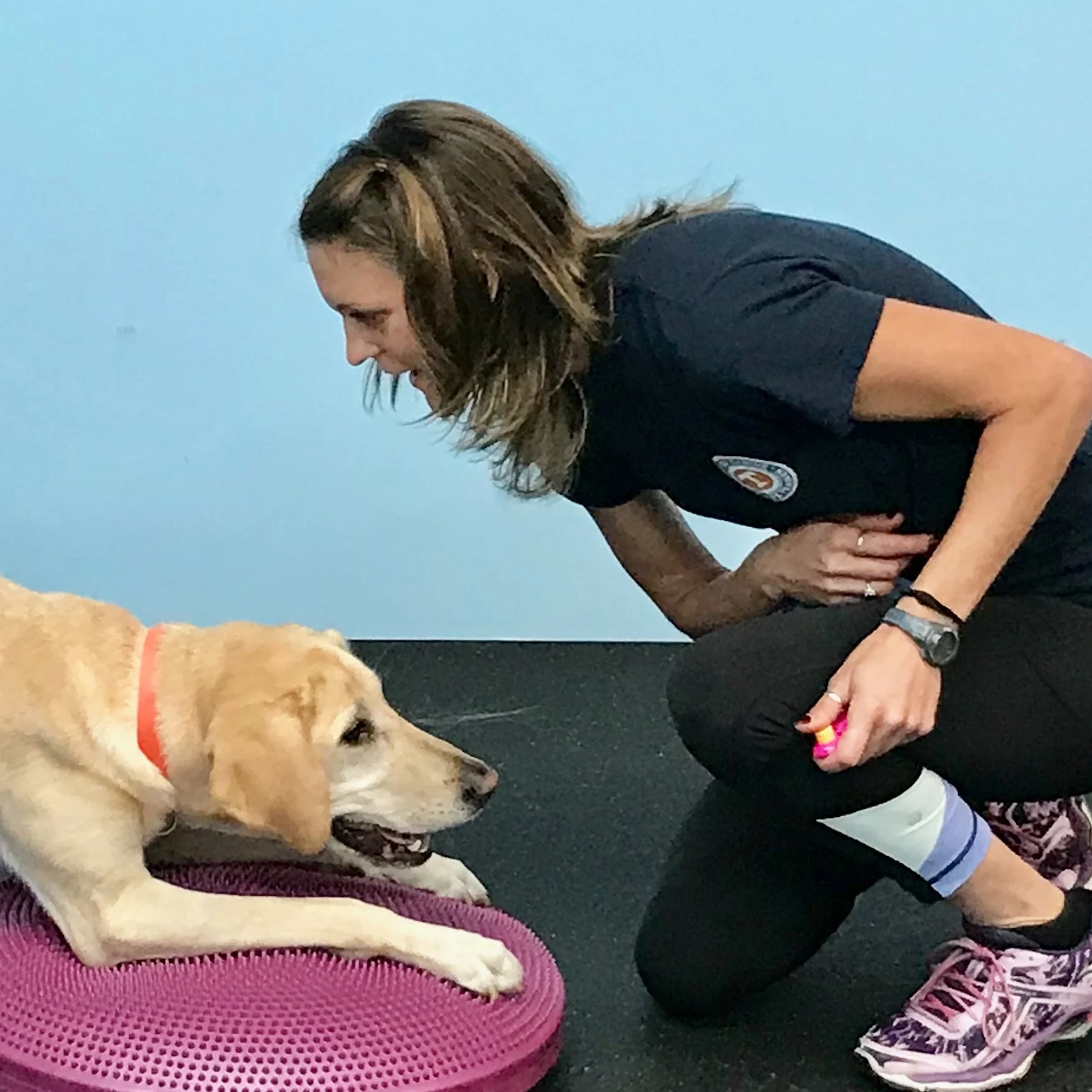
Jasey Day holds the Certified Canine Fitness Trainer (CCFT) credential through the University of Tennessee. She is a member of the Bobbie Lyons K9FITteam - a team of compassionate canine fitness instructors who actively teach others and continually expand their own knowledge. Since 2004, Jasey has taught a variety of workshops and classes on the following: Puppy, Canine Good Citizen/Family Pet, Advanced Family Pet, Canine Fitness, Canine Swimming, Rally, and Agility. In addition, Jasey has earned over 60 titles in Dock Diving, Agility, Rally, CGC and Trick Dog. Jasey has worked full time for the American Kennel Club since 2007 and teaches at Care First Animal Hospital in Raleigh, NC. Jasey’s Labrador Retrievers spend their free time hiking, training, and snuggling with Jasey.
READ MORE ARTICLES